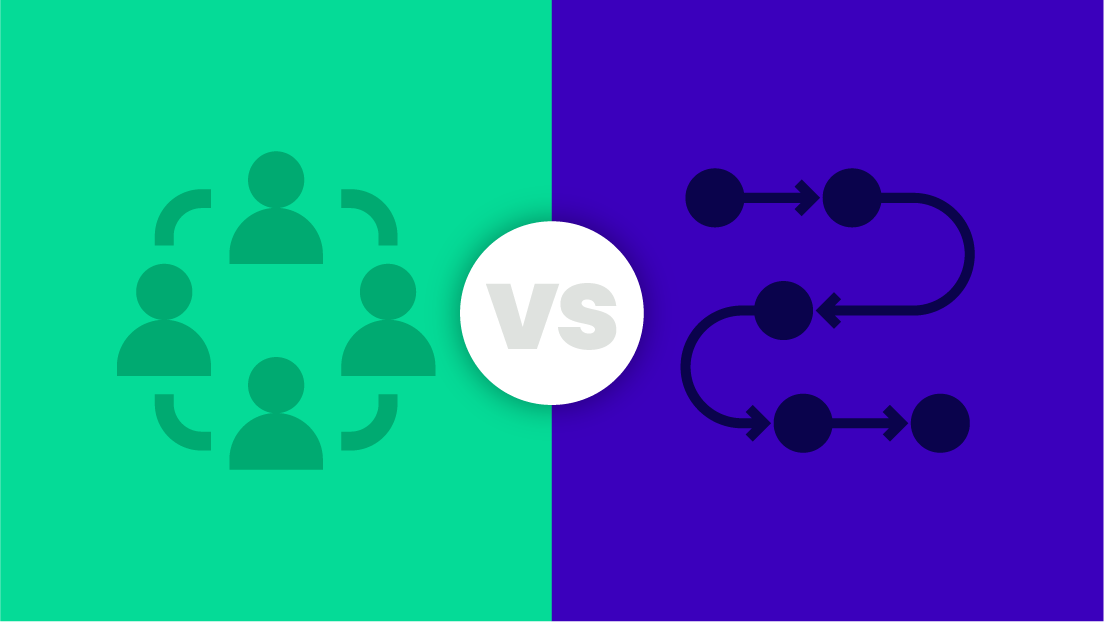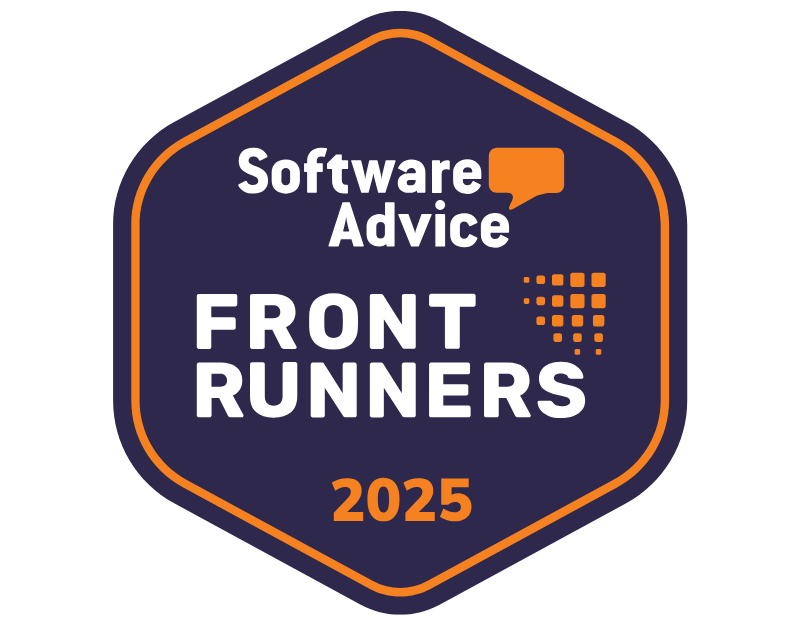In the fast-paced world of finance, businesses are under constant pressure to make smarter, faster, and more accurate decisions. From managing liquidity and evaluating creditworthiness to optimizing collections and forecasting risk, finance teams rely on data to power their every move. Despite this fast pace, traditional approaches to financial management, often rule-based and reactive, are beginning to show their limitations in a dynamic global economy.
Enter agentic AI: a new class of artificial intelligence that is not just analytical, but autonomous. It represents a shift from passive data processing to intelligent, goal-driven systems that can act independently on behalf of their users. In this blog post, we’ll dive into how agentic AI systems are transforming finance, particularly in credit risk assessment and accounts receivable (AR) management.
Agentic AI in the Context of Financial Applications
Unlike conventional AI models that wait for inputs and return outputs, agentic AI is built to operate independently. It perceives its environment, sets goals, makes decisions, and takes actions, often in a loop of continuous learning and optimization. These systems combine large language models (LLMs), external tool integration, and memory to form agentic AI architecture that resembles human decision-making capabilities.
In financial applications, this technology has immense potential. Think of an AI agent that doesn’t just generate a report on late payments, but also drafts personalized collection emails, schedules follow-ups, flags accounts with worsening credit risk, and even coordinates with sales to discuss terms, all without human prompting. That’s the power of agentic AIworkflows.
Such workflows allow finance teams to move from a reactive model to a proactive and predictive one. And because finance is full of structured data, compliance rules, and repeatable decision chains, it is a perfect environment for agentic AI applications to flourish.
Enhancing Credit Risk Assessment with Agentic AI
Credit risk assessment has historically been labor-intensive, involving financial statement analysis, credit scoring, and subjective judgment. Even with the help of scoring models and ERP systems, much of the process is manual and slow.
Agentic AI use cases in credit risk assessment are reshaping this reality. Here’s how:
1. Dynamic Risk Profiling
Agentic AI can ingest and analyze real-time data, from customer payment behavior to global economic indicators, to update risk profiles instantly. For example, if a customer’s average days late suddenly spikes or their public financials show deteriorating margins, an AI agent can detect this trend, reassess credit limits, and recommend or even initiate action.
2. Automated Documentation Review
These AI agents can read financial statements, tax filings, and trade references, extracting and interpreting key indicators like current ratios, debt-to-equity ratios, and cash flow stability. They can then compare those to benchmark thresholds and historical norms.
3. Proactive Credit Limit Adjustments
Instead of waiting for risk flags to be raised, agentic systems can autonomously propose credit limit changes based on shifting customer behavior or market trends, mitigating exposure before it turns into bad debt.
4. Integration with External Data Sources
Agentic AI architecture enables real-time integration with databases such as Dun & Bradstreet, Experian, or regional credit registries. This gives your finance team a comprehensive and continuously updated picture of customer risk.
This approach not only saves time and reduces manual effort but leads to more timely and accurate decisions, especially when stakes are high and customer portfolios are complex.
Agentic AI in Accounts Receivable Management
Accounts receivable (A/R) has always been a delicate balancing act between maximizing collections and preserving customer relationships. Traditionally, A/R teams rely on aging reports, calendar reminders, and gut instinct to manage follow-ups. But what if A/R could become intelligent, proactive, and self-optimizing?
This is exactly what agentic AI applications are enabling.
1. Personalized Follow-Ups at Scale
Agentic AI agents can autonomously send personalized emails, schedule calls, and escalate issues based on customer profiles and past payment patterns. These interactions aren’t just automated, they’re contextually intelligent, adapting tone and urgency to each scenario.
2. Self-Correcting Workflows
Imagine a system that realizes a customer didn’t respond to a reminder, checks their payment history, detects an upcoming holiday in their region, and adjusts the timing or messaging of the next follow-up accordingly. That’s the intelligence layer agentic AI adds to AR workflows.
3. Dispute Resolution Handling
When customers raise disputes about line items or service quality, agentic AI systems can autonomously flag those disputes, pull relevant documentation, draft responses, and route them to the correct departments for quick resolution, shortening the dispute lifecycle.
4. Collections Risk Management
Using insights from customer behavior, external financial signals, and internal payment trends, agentic AI can proactively surface at-risk accounts and recommend mitigation strategies. For example, it may suggest switching payment terms, initiating early payment discounts, or involving sales earlier.
With these capabilities, agentic AI doesn’t just streamline AR, it transforms it into a strategic function.
Benefits of Agentic AI in Finance
The benefits of agentic AI are not just theoretical, they’re tangible and measurable. Here’s what financial teams stand to gain:
1. Increased Efficiency and Speed
AI agents work 24/7, without fatigue or oversight. They can handle repetitive tasks, like monitoring risk signals, initiating follow-ups, or pulling data, freeing up your human teams for high-value strategic work.
2. Reduced Risk
By continuously monitoring internal and external data, agentic AI systems identify emerging credit risks earlier and suggest actions to prevent escalation. This predictive ability is crucial in volatile markets.
3. Consistency and Compliance
Because agentic workflows operate on defined rules and learning loops, they ensure compliance with company policies and regulatory standards. Audit trails are automatically generated for every decision or action taken.
4. Improved Cash Flow
By optimizing collections and reducing delinquency, companies can significantly improve their cash flow and reduce reliance on external borrowing, turning AR from a bottleneck into a growth enabler.
5. Strategic Advantage
Firms leveraging agentic AI are better positioned to act quickly on financial opportunities, avoid losses, and adapt to market changes, giving them a distinct edge over competitors still relying on traditional workflows.
To explore more real-world examples of how automation is evolving financial operations, with autonomous finance tools.
Start Benefiting from Agentic AI
Agentic AI is built into Gaviti’s invoice to cash management. With a short installation time of only a few weeks, you can be benefiting from AI sooner than you think.
Schedule a live demo to learn more:
Learn moreChallenges to Adopting Agentic AI in Financial Systems
While the benefits are impressive, adopting agentic AI systems isn’t without challenges. Here’s what companies need to consider:
1. Data Silos and Integration
Agentic AI thrives on data. If your data is fragmented across systems or exists in inconsistent formats, it can undermine your AI’s effectiveness. Establishing a clean, centralized data infrastructure is a critical first step.
2. Change Management
Agentic AI represents a cultural and operational shift. Finance teams accustomed to manual control may resist relinquishing authority to autonomous systems. Proper training, stakeholder engagement, and pilot programs can help smooth the transition.
3. Security and Compliance
Because agentic systems can take action independently, companies must ensure robust access controls, audit logging, and safeguards to prevent unintended consequences. Regulatory compliance, especially in sectors like banking or insurance, must be embedded into the AI’s architecture.
4. Explainability and Trust
Financial decisions carry weight. Stakeholders need to trust that AI-driven decisions are accurate, explainable, and auditable. Ensuring transparency in how decisions are made is essential for adoption and accountability.
5. Vendor Selection and Integration
There are many emerging tools in the agentic AI space, each with different capabilities and limitations. Choosing the right partner, and ensuring smooth integration into your existing finance stack, requires careful due diligence.
How Gaviti Incorporates Agentic AI to Give Companies a Smooth Autonomous A/R Experience
At Gaviti, we’ve embraced the transformative potential of agentic AI to revolutionize the way businesses manage accounts receivable. Our platform incorporates intelligent, autonomous workflows that go beyond simple automation. These agentic AI workflows proactively manage tasks like payment follow-ups, escalation processes, customer segmentation, and risk flagging, freeing up finance teams to focus on strategic decisions. With built-in memory, contextual understanding, and decision-making logic, Gaviti’s agentic AI architecture ensures that every receivable is handled efficiently, intelligently, and in line with business goals.
By integrating agentic AI systems directly into the AR lifecycle, Gaviti enables companies to reduce DSO, improve cash flow, and mitigate the risk of delinquent accounts, all while ensuring full compliance and visibility. Whether it’s identifying payment trends, recommending customized outreach strategies, or triggering actions based on risk signals, Gaviti’s intelligent agents operate with purpose and precision. The result is a truly autonomous A/R experience that feels seamless, reliable, and future-ready.Want to learn more? Schedule a demo with a Gaviti specialist.





















